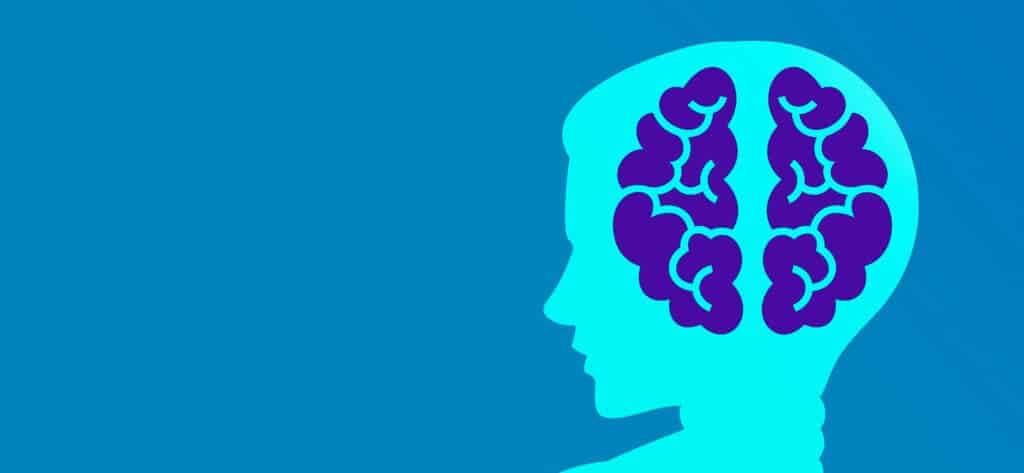Researchers at the Stanford University School of Medicine have developed a form of magnetic brain stimulation that could ‘rapidly’ relieve symptoms of severe depression in 90% of participants in a small study.

Although the findings are limited by the small sample size so far, the team is working on a larger, double-blind trial to test the approach; in this trial, half of the patients will receive similar electromagnetic stimulation, while the other half will receive fake treatment. In this second trial, the team hopes to prove that their approach will be effective in treating people whose conditions are resistant to medication, talk therapy, or other forms of electromagnetic stimulation.
The real positive vibes
“There’s never been a therapy for treatment-resistant depression that’s broken 55% remission rates in open-label testing,” said Nolan Williams, MD, assistant professor of psychiatry and behavioral sciences and a senior author of the study. “Electroconvulsive therapy is thought to be the gold standard, but it has only an average 48% remission rate in treatment-resistant depression. No one expected these kinds of results.”
The method was christened Stanford Accelerated Intelligent Neuromodulation Therapy, or SAINT, and is a form of transcranial magnetic stimulation, an approach currently approved by the Food and Drug Administration for treatment for depression. Transcranial magnetic stimulation involves the use of a magnetic coil placed on the scalp to excite a region of the brain — in this case, those involved in depression.
Compared to other similar approaches, the SAINT method uses more magnetic pulses (1,800 pulses per session instead of the traditional 600), which helps speed up the pace of treatment, and focuses them depending on each patient’s particular neural architecture. Study participants underwent an accelerated treatment program compared to similar treatment approaches, 10 sessions per day of 10-minute treatments, with 50-minute breaks in between.
In their trial study, the team worked with 21 participants with severe depression — as determined by several diagnostic tests — which proved resistant to medication, FDA-approved transcranial magnetic stimulation, or electroconvulsive therapy. After receiving treatment, 19 of them scored within the nondepressed range, the team explains. All of the participants reported having suicidal thoughts before treatment, but none of them reported such thoughts afterward.
“There was a constant chattering in my brain: It was my own voice talking about depression, agony, hopelessness,” explains Deirdre Lehman, 60, one of the participants of the study. I told my husband, ‘I’m going down and I’m heading toward suicide.’ There seemed to be no other option.
There were some side effects of this treatment, but they were relatively minor: fatigue and some physical discomfort during treatment.
“By the third round, the chatter started to ease,” she said. “By lunch, I could look my husband in the eye. With each session, the chatter got less and less until it was completely quiet.”
“That was the most peace there’s been in my brain since I was 16 and started down the path to bipolar disorder.”
Although Lehman’s scores indicated that she was no longer depressed after a single day of therapy, it took up to five days for other participants to see the same results. Postdoctoral researcher Eleanor Cole, Ph.D., a lead author of the study, says that the “less treatment-resistant participants are, the longer the treatment lasts”.
The team evaluated each participant’s cognitive functions before and after treatment to ensure safety, and found no negative effects. One month after the therapy, 60% of participants were still in remission from depression. Follow-up studies are underway to determine the duration of the antidepressant effects, the team adds.
The researchers plan to study the effectiveness of SAINT on other conditions, such as obsessive-compulsive disorder, addiction, and autism spectrum disorders.
The paper “Stanford Accelerated Intelligent Neuromodulation Therapy for Treatment-Resistant Depression” has been published in the American Journal of Psychiatry.


